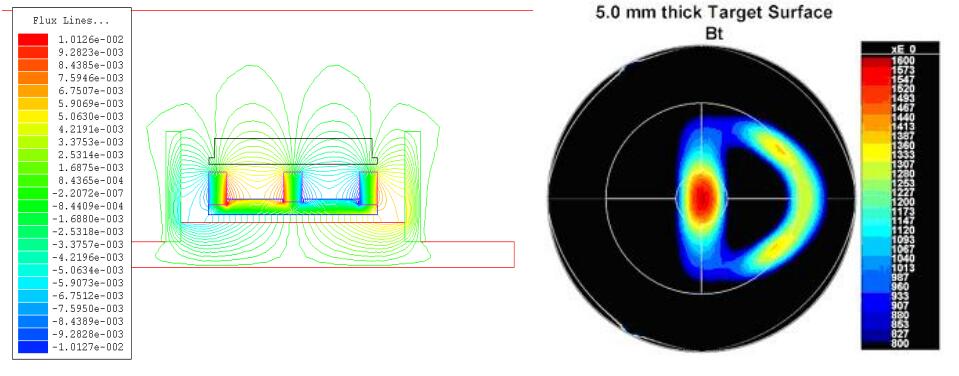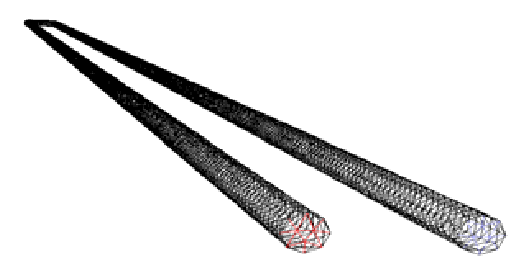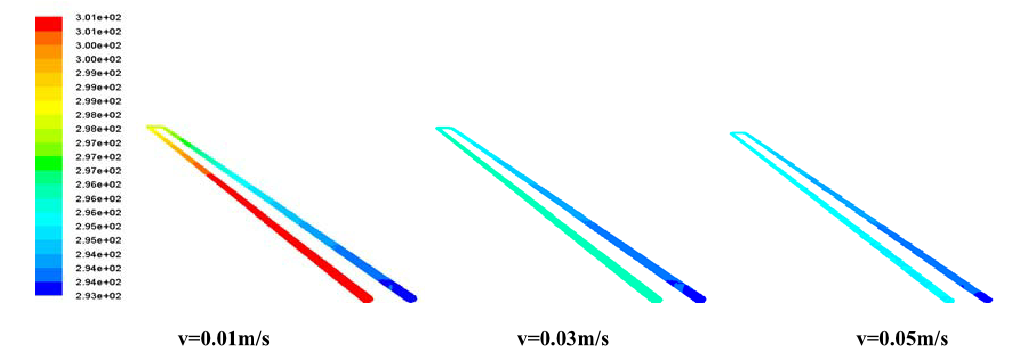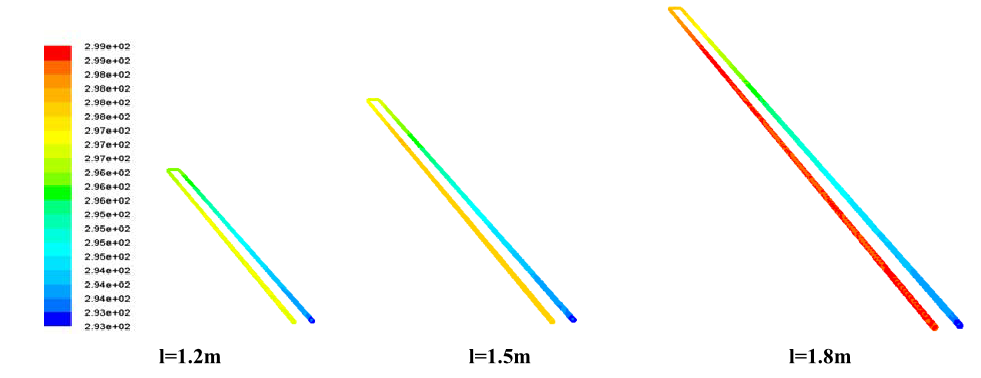CAE Reserch Method
BTE is an innovative organization with a technology research and development center, responsible for vacuum coating system design, film design, collector design, solar building integrated design and other research and development work. Master and flexibly use advanced innovative methods and skills, participate in international market innovation competition, and cultivate R&D teams. With the aid of the R&D resources of the Chinese Academy of Sciences, applied mathematics and physics knowledge for systematic development, developed a number of CAE (finite element) engineering examples, used CAE methods to solve technical problems in actual R&D work, and analyzed actual physics with mathematical methods problem. For example, using mechanical finite element analysis of mechanical structure, fluid finite element analysis of atmosphere distribution in vacuum sputtering system, magnetic field finite element analysis of target (sputter source/cathode) structure, optical finite element analysis of film structure, Heat transfer finite element analysis of the thermal efficiency of the collector. The research and development work has been disruptively innovative, the research and development cycle is shortened, and the research and development cost is reduced. In terms of process development, equipment development, and product development, the product design intent can be realized.
Self-developed magnetron sputtering equipment:

The company has the experience and ability to independently design, manufacture and integrate large-scale magnetron sputtering solar selective cermet coating production lines with the same technological level as developed countries in the world. It also has Know-How that designs and prepares composite coatings composed of materials of different thicknesses and different compositions in the nanometer scale to achieve selective absorption, transmission and reflection of various bands of spectrum.
The influence of the flow velocity of the working fluid in the collector flow channel on the flow field:


The influence of the flow rate of the working fluid in the collector flow channel on the temperature:

The influence of solar radiation intensity on the temperature of the collector channel:

The influence of collector runner length on temperature:

The influence of collector runner diameter on temperature:
